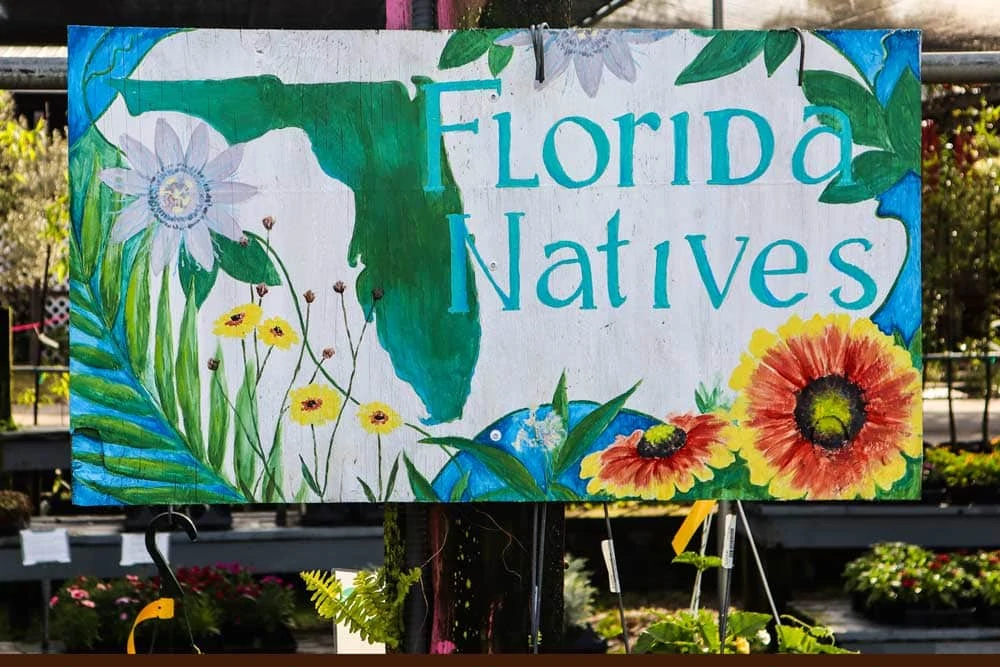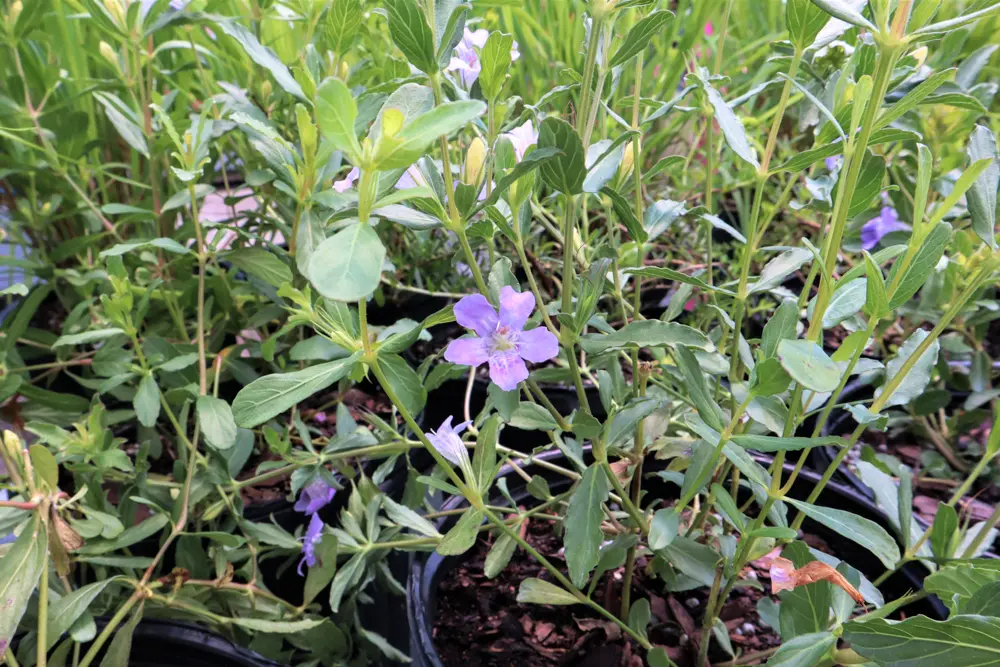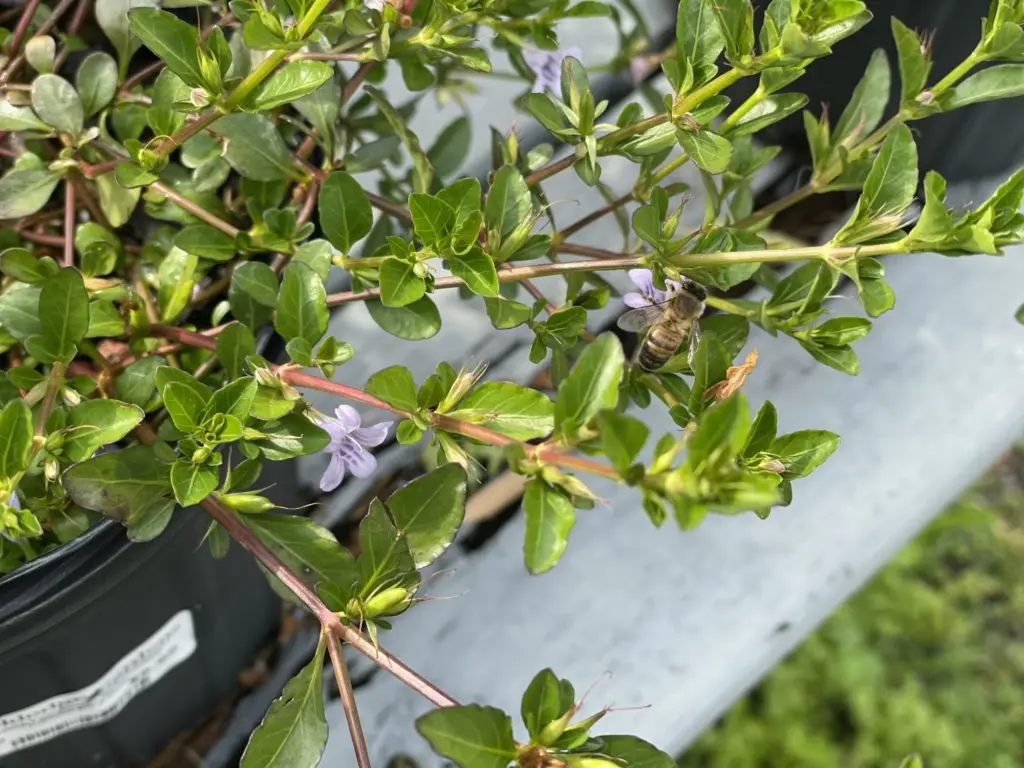by Amanda Rose Newton
Last April, we celebrated Earth Day by shining the spotlight on some of the lesser-known landscape-friendly Florida native plants.

With the increasing number of natives available in the nursery market, we’ve decided to make it a yearly tradition!
All month long, we will focus on a different native flower, shrub, or tree that is often not found in your average big-box store. This week’s beautiful perennial is a two-for, both by name and the fact we carry it in two different varieties.
Twinflower
There are three varieties of Twinflower (Dyschoriste oblogifolia) found throughout the State. We’ll be focusing on two of these varieties!

Those with butterfly gardens will also appreciate that the Twinflower serves as a host plant for the common buckeye butterfly (Junonia coenia).
Common Twinflower
The common twinflower (also goes under the alias “dry” or “oblong leaf”) is, well, the most common and it can be found as far north as Georgia. It prefers higher ground and well-developed soil. Its tiny oval-like leaves and little blue flowers easily distinguish it.
Coming in at under a foot tall, many choose to use this version as a meadow-like groundcover. Given its perennial lifestyle, it readily spreads via underground stems and will offer years of happy growth if planted in the right location. Not boastful or showy, the common twinflower makes for a nice ground-level backdrop to focal species and is ideal for lining walkways, driveways, and sidewalks.
With bloom time running well into November, this is a great choice for someone looking to extend their garden bloom season.
Swamp Twinflower
Swamp twinflower is a smaller version of the common dry. Its bloom time is slightly shorter, but it has the ability to grow in the shade and often in moister soils, making it more versatile.
Natives are known for being adaptable, and the swamp twinflower does have the ability to adapt to drier conditions, making it perfect for areas of your yard that fluctuate during the rainy season.
The leaves on the swamp twinflower are the real showstopper! While tinier than the common, they are round and almost succulent-like, akin to mouse ears.

In addition to bringing in the common buckeye, the flowers are attractive to other ground-grazers, such as the white peacock, malachite, and a slew of native bee species who pay a visit for the nectar.
Planting + Care of Twinflower
Twinflowers are at their best when spaced at least 16 inches apart as they grow quickly and have a tendency to spread. These may need thinning out every once in a while due to their prolific nature.
Propagation lovers should note these are an especially easy species to work with. Simply take a cutting and replant or divide out the clumps towards the end of summer.
Choose a spot with full sun for the dry variety to ensure the best coverage, especially if used for a groundcover.
The swamp variety will perform great in a partial to mostly shade situation.
If you do not have a spot that’s suitable within the yard, these can also be planted with ease in a planter or hanging basket. It should be noted that neither variety is salt-tolerant, so beachside residents may want to consider keeping this one in a container.
Twinflower produces blooms intermittently throughout the year, going dormant in the cooler months. During this time, it can be cut down to 3 inches or so to best offer full splendor come spring.
If you are curious as to why the name Twinflower, its flowers always appear in twos, offering Florida residents double the enjoyment, every time!


